As Electric Vehicles (EVs) become more popular and the Government’s 2035 ban on new Internal Combustion Engine (ICE) vehicles approaches, there is a lot of information circulating—some accurate and some not. This information can stem from misconceptions, general lack of knowledge, and to some extent, resistance to change.
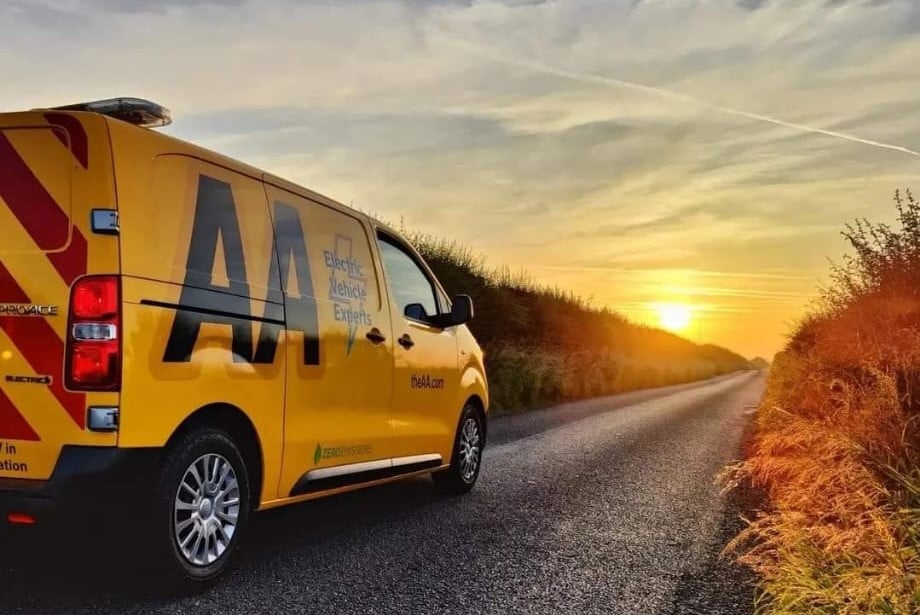
The AA's Role
At the AA, we have always been at the forefront of vehicle technology. Our team of technical experts and trainers, including those trained in electric vehicle technology, are here to address any issues that may arise for our members. We regularly survey our millions of members to understand their questions and compile information to clarify common misconceptions in order to support and help or members.
In this article:
- What if I run out of charge?
- Is there a greater risk of fire with an EV?
- What if I get stuck in traffic for an extended time?
- Why are EVs more expensive than ICE vehicles?
- Can I drive an electric car through water?
- How long do electric vehicle batteries last?
- Where can I charge my EV?
- Do electric vehicle tyres wear out quickly?
- Do EVs damage the road?
- Are electric vehicle batteries bad for the environment?
- Where does the electricity come from to charge EVs?
- Can electric vehicle batteries be recycled?
- Can EV batteries be repaired?
- Is there danger of electrocution from an EV?
- Can I charge my EV in the rain?
- Are EVs more expensive to maintain?
- Is it worth buying a used EV?
- Are EVs different to drive?
- Are electric vehicles good for towing?
- What is the range of an EV?
- How long does it take to charge an EV?
- How much does it cost to charge an EV?
- Are electric vehicles cost effective?
EVs have multiple safeguards to prevent running out of charge, including low-charge warnings and power reduction protocols. If necessary, our patrols can assist in getting you to a charging location. EVs are equipped with systems that alert drivers well in advance of low battery levels, encouraging timely recharging.
In the rare event of running out of charge, the car’s navigation system will help locate the nearest charging station, and the vehicle may enter a low-power mode to extend its range until a charger is reached. Our breakdown data shows that running out of charge, while already unusual, is becoming increasingly rare, with less than 2% of EV breakdowns* relating to a lack of charge in the drive batteries.
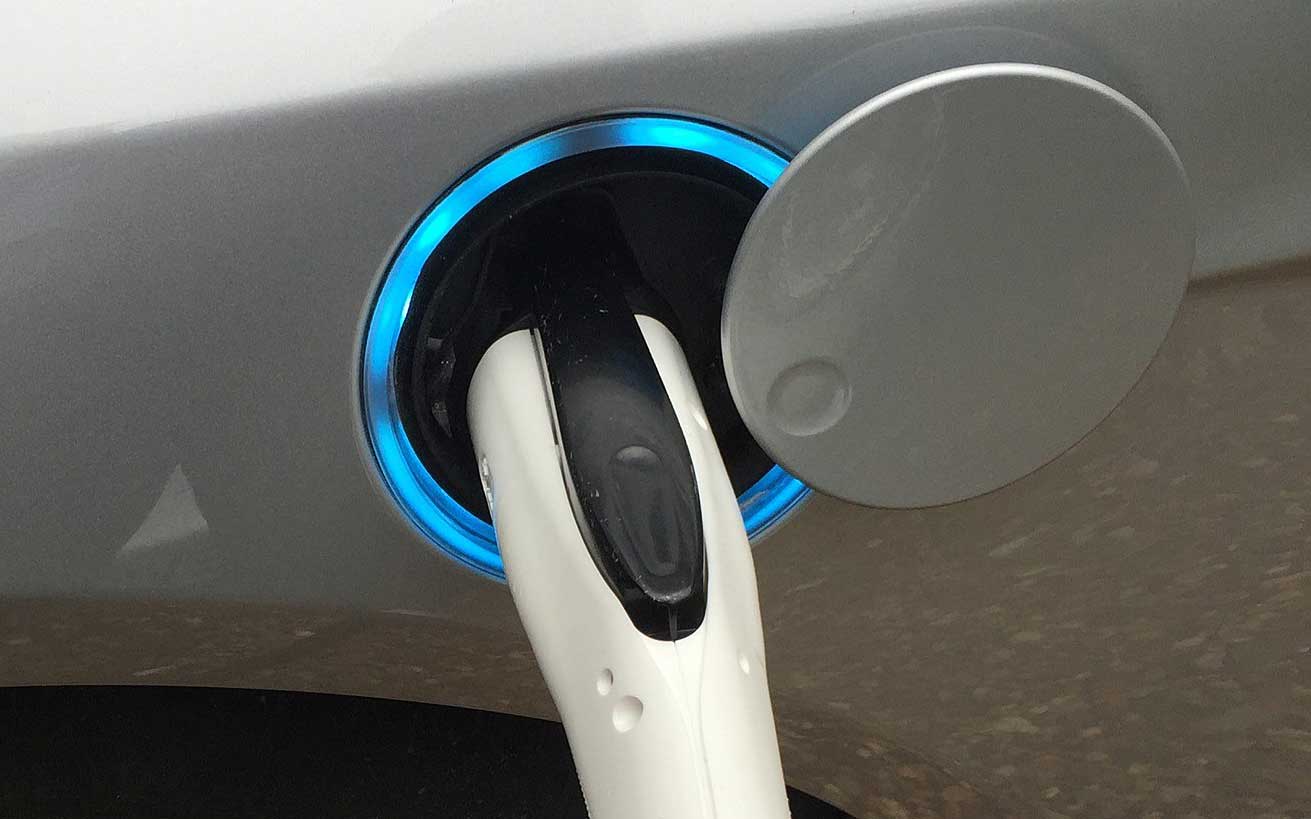
Is there a greater risk of fire with an EV?
No. EVs are generally safer as they do not store highly combustible fuels. Any faults are easier to monitor and manage. Unlike ICE vehicles, which store and distribute flammable liquids like petrol or diesel, EVs use electricity, which is easier to control and isolate in case of a fault. Comprehensive safety systems in EVs can detect issues early and disconnect power to prevent fires, making them inherently safer. Estimates by the Phosphorous, Inorganic & Nitrogen Flame Retardants Association reported 55 fires per billion miles travelled in ICE vehicles and five fires per billion for EVs. A report from AutoinsuranceEX said EVs exhibited 61 times fewer fires per 100,000 sales than ICE vehicles.**
What if I get stuck in traffic for an extended time?
EVs use very little power when stationary, unlike ICE vehicles, which consume fuel while idling. A typical petrol car uses a significant amount of fuel to keep the engine running when stationary, whereas an EV only uses energy for essential functions like keeping electrical systems operational. Most EVs are designed to be highly efficient at low speeds or when stationary, ensuring minimal battery drain even during long traffic jams.

Why are EVs more expensive than ICE vehicles?
EV manufacturing is still developing compared to ICE vehicle manufacturing, resulting in higher costs. However, prices are decreasing as production scales up. Government incentives and workplace salary sacrifice plans also make EVs more affordable. As more manufacturers produce electric versions of their models and new manufacturers enter the market, the cost of buying an EV is expected to decrease. Additionally, the overall cost of owning an EV, considering lower running costs and government incentives, can be lower than owning a traditional car.
Can I drive an EV through water?
While it’s best to avoid deep water, EVs are less prone to serious damage compared to ICE vehicles as they don’t require air intake. Driving through deep water can cause damage to any vehicle, but EVs are designed with sealed electrical systems to prevent water ingress. However, it’s still advisable to avoid driving through water deeper than half the diameter of your wheels to prevent potential electrical issues and hidden hazards in the water.

How long do electric vehicle batteries last?
EV batteries are robust and reliable, with minimal degradation over time. Studies show that Tesla batteries, for example, lose only about 1% of range per year***. This means that after 10 years, a Tesla battery would still retain about 90% of its original capacity. Advances in battery technology and temperature management systems have significantly improved battery longevity, making them a reliable choice for long-term use.
Where can I charge my EV?
There are over 44,000 public charging stations in various locations, including petrol stations, supermarkets, and public car parks. Home charging is also common. The expanding network of rapid and ultra-rapid chargers along motorways ensures that EV drivers can recharge quickly during long journeys. Many workplaces are also installing charging points, and residential areas are seeing the introduction of slow chargers for those without private driveways.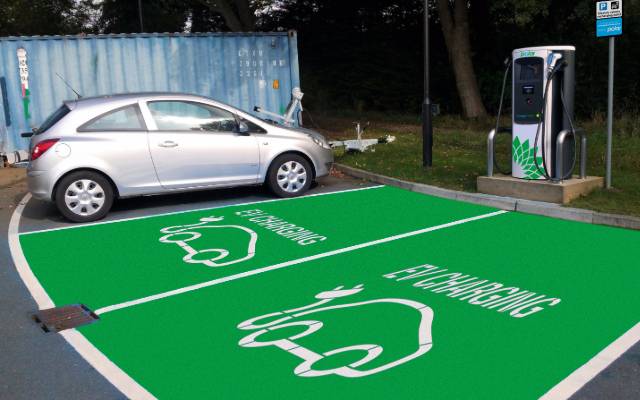
Do electric vehicle tyres wear out quickly?
Tyre wear depends on driving style . EV tyres are designed to be more robust to handle the increased torque and weight. Manufacturers have developed new compounds specifically for EVs to ensure they last as long as or longer than tyres on traditional vehicles. Regular tyre maintenance and sensible driving can further extend the lifespan of EV tyres.
Regardless of what type of vehicle you drive, it is always worth checking your tyres on a regular basis.
Do EVs damage the road?
EVs do not significantly contribute to road damage compared to heavy vehicles like HGVs and buses. While EVs are generally heavier than their ICE counterparts, their impact on road surfaces is minimal compared to larger, heavier vehicles that can cause significant road wear and damage. The real culprits for road damage are typically heavy goods vehicles and buses, not passenger EVs.
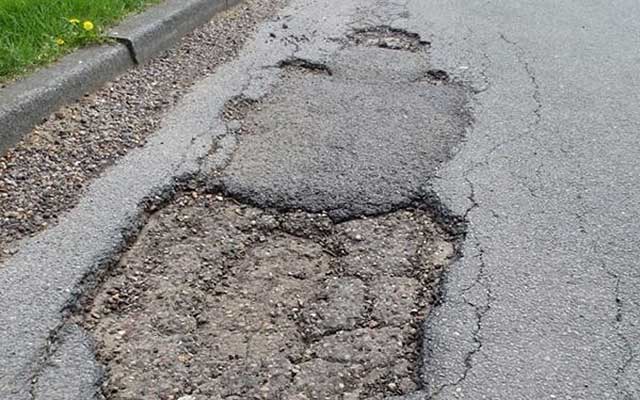
Are electric vehicle batteries bad for the environment?
While manufacturing has an environmental impact, manufacturers are increasingly using sustainable and traceable sources for materials like cobalt and lithium. Efforts are being made to reduce the environmental footprint of battery production, and new developments in battery technology aim to minimize the use of environmentally harmful materials. The transition to solid-state batteries could further enhance environmental benefits by reducing the need for rare metals and improving recycling efficiency.
Where does the electricity come from to charge EVs?
In the UK, a significant portion of electricity comes from renewable sources, making EV charging more sustainable. Over 50% of the electricity used in the UK is generated from wind, solar, hydro, and sustainable bioenergy sources. This reduces the carbon footprint of EVs significantly, especially when compared to the emissions from burning fossil fuels in traditional vehicles.
Nuclear and gas electricity production gives us a stable base that keeps our electricity network running at times when weather dependant sources are less dependable. Coal and oil represent less than 2% of the electricity consumed in the UK today.
Can electric vehicle batteries be recycled?
Yes, with regulations requiring at least 50% recycling of EV batteries. There are also initiatives for repurposing used batteries for energy storage. Advances in recycling technology are improving the efficiency and effectiveness of battery recycling processes. Repurposing used EV batteries for static storage applications, such as home solar energy systems or large-scale energy storage for renewable power, is becoming more common.****
Can EV batteries be repaired?
Yes, individual cells in a battery can be identified and replaced if faulty, making repairs possible. EV batteries are made up of many cells, and issues often arise from a small number of faulty cells rather than the entire battery. Specialist repair services can diagnose and replace these cells, restoring the battery's performance and extending its lifespan.
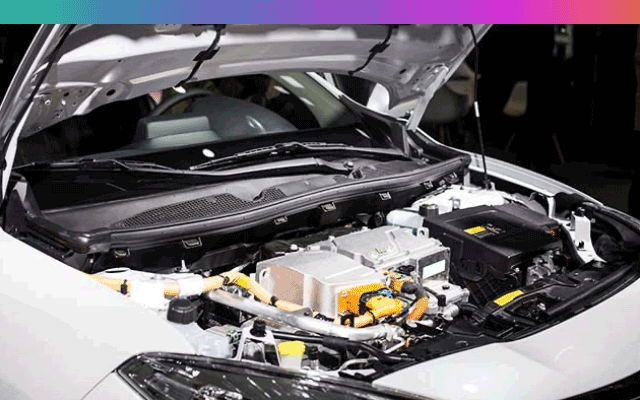
Is there a danger of electrocution from an EV?
EVs are designed with multiple safety features to prevent electrocution, ensuring safe operation and maintenance. High-voltage systems in EVs have numerous fail-safes and protective measures to disconnect power in case of a fault or tampering. This makes EVs safe to operate, charge, and maintain, even in adverse conditions.
Can I charge my EV in the rain?
Yes, EVs are designed for safe charging in all weather conditions. Charging equipment and EVs are built to be waterproof and weather-resistant, allowing safe charging even during heavy rain. Similarly, EVs can be safely washed, driven through car washes, and exposed to other wet conditions without risk.
Are EVs more expensive to maintain?
No, EVs generally have lower maintenance costs due to fewer moving parts and regenerative braking. Without the need for oil changes, air filters, fuel filters, and other routine maintenance associated with ICE vehicles, EVs offer a simpler and more cost-effective maintenance schedule. The regenerative braking system also reduces wear on brake components, further lowering maintenance costs..
There is also less waste, as all of those contaminated components are taken out of the equation, further reducing the environmental impact of owning the car.
Is it worth buying a used EV?
Yes, used EVs can be very affordable and provide a cost-effective alternative to new models. As EVs become more mainstream, the market for used EVs is growing, offering a wide range of options at competitive prices. With lower running costs and potential government incentives, a used EV can be a smart investment for budget-conscious buyers.
Are EVs different to drive?
EVs are similar to automatic ICE vehicles but offer a different driving experience with features like regenerative braking and silent running. Most EVs have a single-speed transmission, providing smooth and seamless acceleration without the need for gear changes. Regenerative braking allows the vehicle to recover energy during deceleration, improving efficiency and offering a unique driving feel.
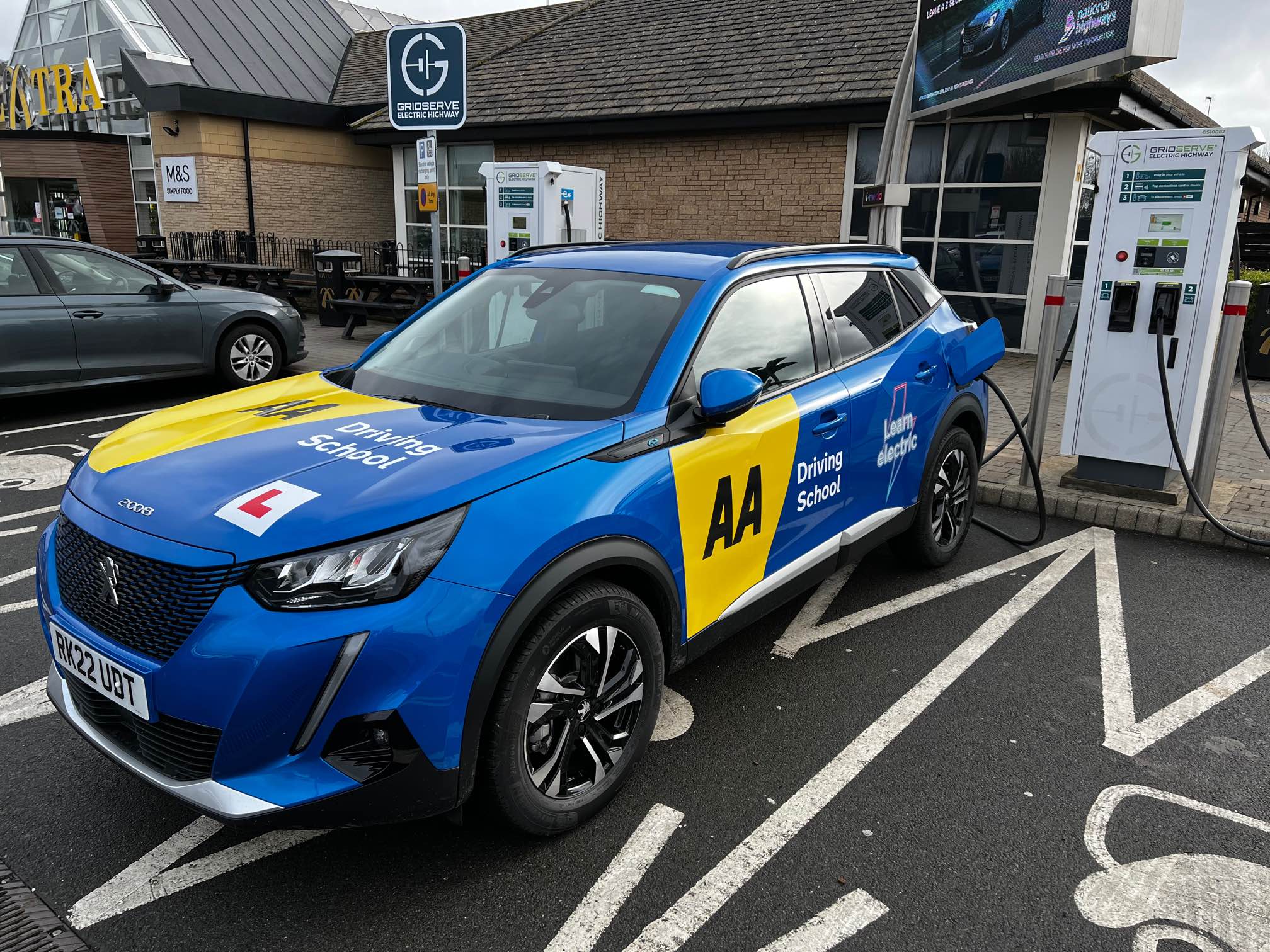
Are electric vehicles good for towing?
Some EV models are capable of towing, but this is generally available in larger, long-range models. The high torque provided by electric motors makes EVs well-suited for towing, though the impact on range should be considered. As more EVs are designed with towing capabilities, options for electric towing vehicles are increasing. The AA is currently trialling a number of fully electric recovery vehicles [link to EV truck launch]
What is the range of an electric vehicle?
The range varies by model, with averages around 250 miles. Longer ranges are available with higher-end models. Advances in battery technology and energy efficiency are continually extending the range of EVs. For most daily driving needs, the range of current EV models is more than sufficient, and improvements in charging infrastructure are making long-distance travel more convenient.
How long does it take to charge an EV?
Charging times vary by battery size and charger type, with fast chargers significantly reducing charge times compared to domestic outlets. As an example, the MG4 EV can achieve an 80% charge from 10% in as little as 35 minutes on a 150kW Ultra-Fast charger*****. Many EV owners charge their vehicles overnight at home, ensuring a full battery each morning.
How much does it cost to charge an EV?
Costs depend on various factors, including energy rates and charging methods. Some energy suppliers offer off-peak rates to reduce costs. On average, charging an EV is significantly cheaper than refuelling a petrol or diesel. Our EV Recharge Report highlights the cost of charging at different types of chargepost.
Finally, are electric vehicles cost effective?
Taking into account all of the above, it has to be said that owning and driving an electric vehicle is cost effective, and will only become more so as time and technology moves on.
In fact, last year (2023), the 1st of August was "electric car day" where it was estimated that running an electric car became free for the rest of the year, when compared to running an equivalent ICE powered vehicle. So with minor lifestyle adjustments and pre-journey planning, most people that currently own a petrol or diesel car could benefit by making the switch to an electric car.
At the AA, we are Always Ahead and provide services from learning, to buying, selling, insuring, servicing and should you break down or be involved in an accident, it's OK, you're with the AA.
*AA breakdown Data
**A Study on Real-Life Tesla Battery Deterioration | NimbleFins
